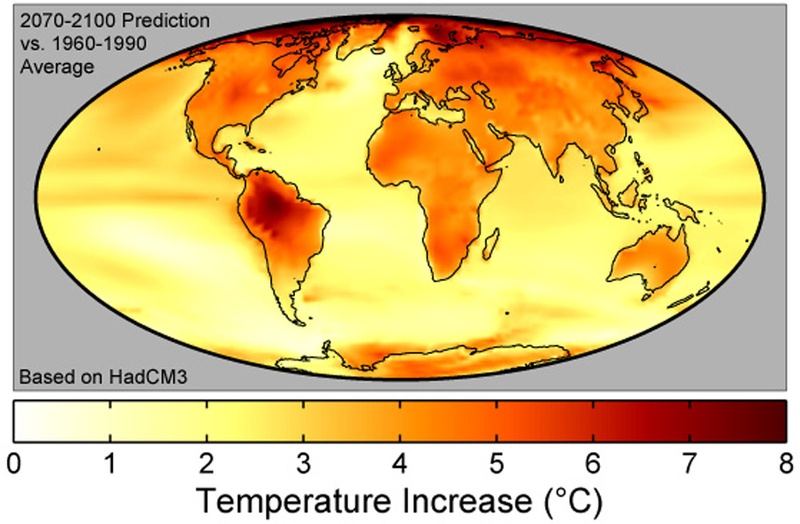Influence Analytics : Greenhouse gases, part II

This week, White House official John Podesta took to the Weather Channel to regale forecast junkies with the need for President Barack Obama’s new plans to cut carbon emissions by nearly a third at the nation’s power plants. The unusual media appearance followed not just Obama’s announcement but also the Supreme Court’s decision last week upholding much of the Environmental Protection Agency’s (EPA) efforts to regulate greenhouse gases over the past several years. But a look at Sunlight’s influence trackers shows that, on the controversial issue of global warming, the courts and the agencies (as we wrote about last week) are not the only place where the action is.
Bills, bills, bills
At least 11 federal bills have been introduced since the beginning of 2014 opposing the Obama administration’s plans to cut carbon dioxide emissions at power plants, according to searches on OpenCongress. In March, the House voted, nearly entirely along party lines, to approve a bill sponsored by Rep. Ed Whitfield, R-Ky., and Sen. Joe Manchin, D-W.Va., that would require that any emissions standards for new coal-fired plants be achievable by “commercial power plants operating in the real world,” and that Congress should get to decide what the deadline for compliance should be. The legislation was a direct response to the EPA’s January proposal to cut emissions at new power plants, which has received more than 1.5 million comments. Both lawmakers hail from states where energy interests rule: Whitfield has collected nearly $1.3 million in campaign contributions from the electric utilities, oil and gas, and coal industries, according to Influence Explorer, and Manchin’s top donors include power companies FirstEnergy Corp., Dominion Resources and American Electric Power.
In early June, West Virginia Reps. David McKinley, a Republican, and Nick Rahall, a Democrat, introduced another bill that would eliminate both EPA’s January proposal concerning emissions at new power plants and also the new June proposal that would cut emissions at existing plants. McKinley’s top donors include Arch Coal, CONSOL Energy and the Patriot Coal company. Much of Rahall’s campaign cash comes from unions, some of which have joined with industry to oppose stronger environmental regulations.
Lots of talk, too
Members of Congress are talking more about carbon in recent months than at any other point since June of 2008 according to a search of nearly two decades of floor speeches via Capitol Words. That was when the Senate was debating the Carbon Security Act, a bill directing the EPA to establish a program to reduce greenhouse gas emissions. The bill did not pass.
… And lobbying as well
Last year, ExxonMobil, Koch Industries, Southern Company, American Electric Power, the Edison Electric Institute and the National Association of Manufacturers were among the organizations that reported they were lobbying on issues related to carbon, according to a search on Influence Explorer. Overall, electric utilities report spending more than $38 million on federal lobbying in 2013, reports OpenSecrets.org. They hired 664 lobbyists, more than half of whom had been through the revolving door.
Meanwhile, influence in the states
On June 24, the Pennsylvania House passed a resolution calling on the EPA to “respect the primacy of this Commonwealth” to rely on state regulators when developing carbon dioxide emissions performance standards. A search on Open States shows that at half of the states are considering a total of 57 bills this year relating to carbon dioxide emissions. The state with the most bills introduced? New Jersey.

